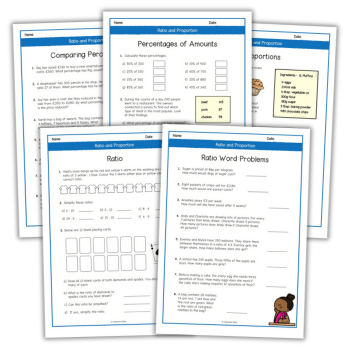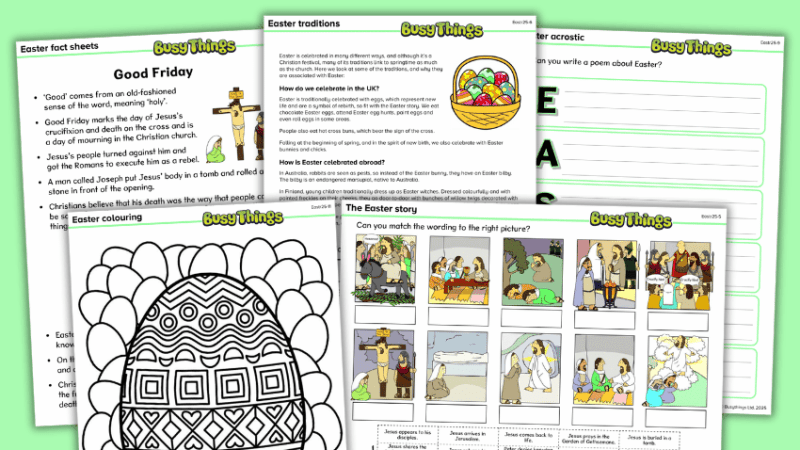5 Simple Activities To Build Fluency, Practise Speaking And Develop Reasoning Skills In Maths

Lesson ideas that can make a real difference to pupils' confidence and skill in talking mathematically in class

- by Ellie McCann

Many of these techniques are practised with great success by the specialist maths tutors I work with during their 1-to-1 lessons when they have the time to develop the Maths talk with each pupil.
As your pupils develop their talk for Maths, they will also progress in their reasoning skills and provide lots of evidence for you to identify. The days of no talking in lessons are long gone thank goodness. Instead, the challenge now is to encourage children to talk mathematically, using the right vocabulary, in the right contexts.
Maths vocabulary
Mathematics is a language – one of symbols and numbers, but it is also expressed and explained through written and spoken words.
For our pupils to become great mathematicians it is essential that they are able to recognise, understand and apply a wide range of vocabulary. And while this vocabulary may seem simple to us, remember that the average child will have started primary school with a receptive vocabulary of 2,100-2,200 words.
By the time they leave at the age of 11, this will have increased to about 50,000, so they have lots to learn during their time in primary, and it is no wonder they may occasionally struggle to link mathematical concepts, symbols and new vocabulary together.
Stumbling blocks in applied learning
As teachers, we can all think of those moments in class, when having taught a topic for days or weeks, a child is stumped as soon as they are given a word problem to which they have to apply their learning.
One of the main reasons a child may struggle in this situation is the difficulty with understanding language and vocabulary. Sometimes it is a problem with new and unfamiliar words, sometimes it is learning that familiar words can have a different meaning in a mathematical context.
For example, a pupil may describe the difference between 7 and 23, as “One has straight lines and the other has curved lines”. In this situation, the teacher clearly needs to reinforce the meaning of the word, ‘difference’.
Mathematical reasoning
Another situation often encountered is when a child can quickly calculate the answer to a challenging problem, but when asked to explain, replies: “I dunno, I just did it in my head”.
While it is encouraging that the pupil in question can confidently find the answer, they need to be able to explain their thinking.
This is a key skill in mathematics and the new National Curriculum specifically states that pupils must learn to “reason mathematically by following a line of enquiry, conjecturing relationships and generalisations, and developing an argument, justification or proof using mathematical language”.
Tools for the teacher
It is evident that a rich spoken language environment should be a key element included in any successful maths lesson. What’s more, its positive impact is not limited to the maths lesson and has an influence on a pupil’s cognitive, social and linguistic development across the whole curriculum.
So, in the primary classroom, what can we do to help our pupils understand new vocabulary?
1. Introduce new key vocabulary at the start of a topic Plan the introduction of new words from the curriculum in a suitable context, with relevant real objects, mathematical apparatus, pictures and/or diagrams, explaining their meanings carefully.
Some topics lend themselves more easily to this, such as using cakes or pizzas to demonstrate fractions, but it is important to be creative and find an interesting way of firing the imagination for every topic.
2. Make talk partners a routine element of a lesson Talk partners are a super way to get children using mathematical vocabulary, providing the opportunity for every pupil to engage in mathematical discussion in response to open questions.
Allocating each child a set partner at the start of a term or unit of work ensures time is not lost in lessons and allows you to carefully match pupils, ideally pairing more confident and able learners with those who need a bit more support.
Bear in mind that children need to hear how vocabulary is used effectively before they have a go themselves.
Trending
3. Allow time and space for pupils to engage in mathematical conversations As maths teachers we are familiar with the importance of scaffolding work to support learners and guiding pupils through a process to find a solution. Yet at the same time we need to make sure that we give children the time and space to construct solutions for themselves through talk.
The key word is ‘conversation’. This should be a two-way process, involving the pupil as well as the teacher, and we need to be careful that we do not end up wasting any valuable one-to-one time, for example:
Teacher: ‘How have you done these?’
Pupil: [writes out calculation]
Teacher: ‘Oh, I see, you’ve put the numbers underneath each other’
Pupil: [nods]
Teacher: ‘Ah and then you added them’
Pupil: “Yes”
The teacher has tried to check the pupil’s understanding and response, but a vital opportunity for developing his vocabulary and language has been missed. It is important to avoid the temptation to control the communication in order to get to a mathematical end that you have predetermined, and to encourage mathematical thinking instead.
4. Always ask ‘How?’ and ‘Why?’ The conversation in the example above could have been vastly improved by making use of these two simple words: ‘how’, and ‘why’. These questions encourage pupils to verbalise their understanding of a concept and develop their reasoning skills.
Struggling pupils could be supported in their responses by giving them a word bank to refer to when answering. One of the luxuries we have during our one-to-one Maths lessons in school is that our tutors have the time to explore children’s answers and always probing for further explanation and reasoning.
5. Ask open questions Asking closed questions limits the scope of a pupil’s response to a correct or incorrect answer and deprives them of the opportunity to talk through her thinking. By using open questions we encourage pupils to explain the steps they have made and make use of any new vocabulary they have learnt.
It can be helpful to develop a bank of effective questions to refer back to at any time in lessons.
What strategies do you use to develop your pupils’ mathematical language in your own classroom?
Ellie McCann is a former Primary school teacher and part of the maths specialist team at Third Space Learning










